CBS researchers teach the world about sustainable fashion: “Everyone has an opinion about clothes”
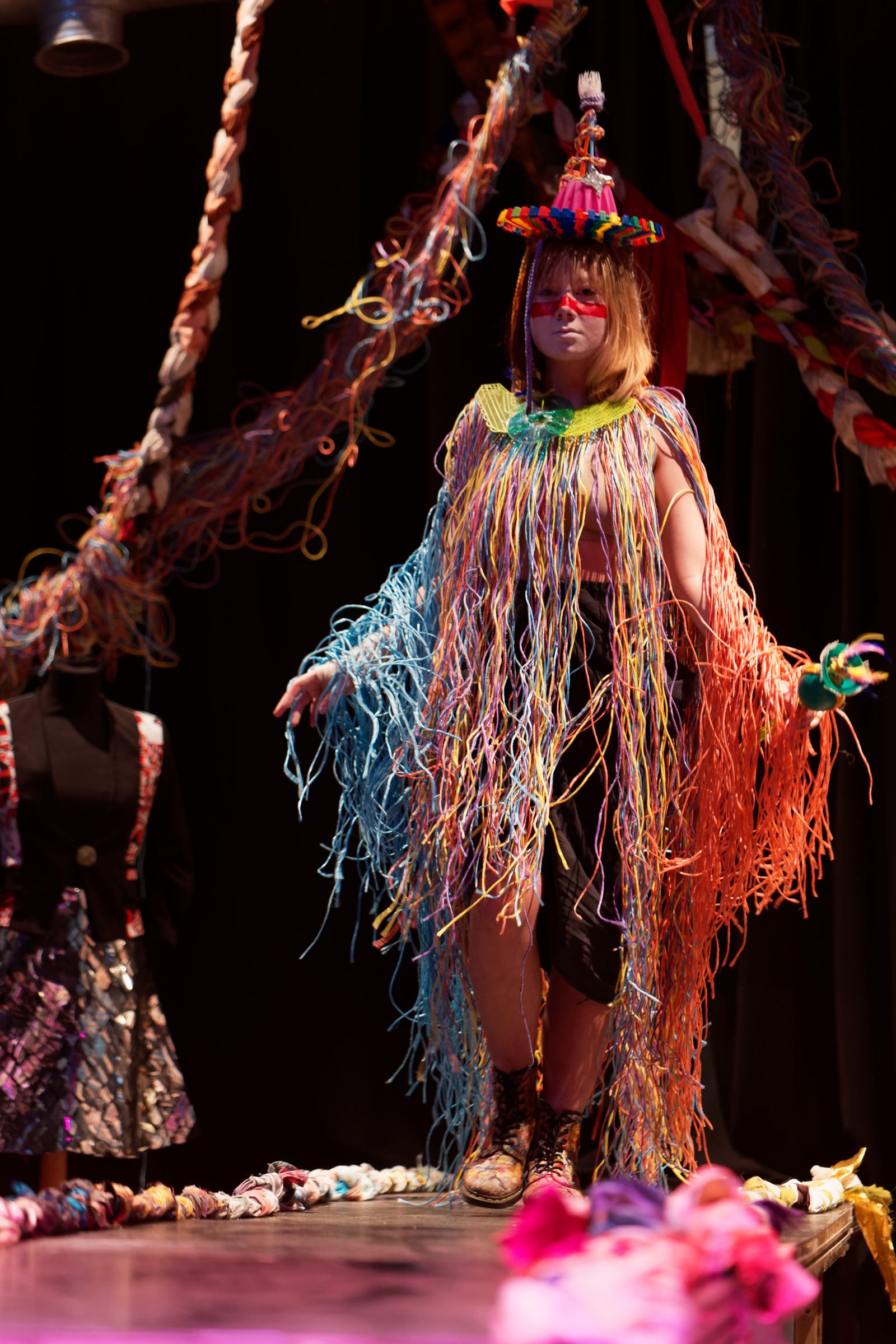
Trashion: Fashion from trash. Yearly alternative fashion show taking part in Copenhagen during Fashion Week raising awareness of waste produced by the fashion industry. (Photo: Piotr Milczarek)
Students, practitioners and everyone interested in fashion can now gain more knowledge on sustainable fashion and business models. The CBS researchers Kirsti Reitan Andersen and Esben Rahbek Gjerdrum Pedersen have created a free, online course on the topic for one of the biggest platforms for online courses in the world and “gapping a hole” in the teaching materials. 500 participants have already signed up for the course.
Clothes and fashion have become hot topics in the global sustainability debate. According to statistics from the United Nations Environment Program and the Ellen MacArthur Foundation, the fashion industry is responsible for 10 percent of annual global carbon emissions. More than all international flights and maritime shipping combined.
Some argue that this will leave the industry with a challenge. The industry must somehow convert its production and make the ‘life cycle’ of a garment more sustainable if it wants to help out the climate and facilitate the global green transition.
And the industry is fighting for a complex cause, argue Postdoc Kirsti Reitan Andersen and Professor Esben Rahbek Gjerdrum Pedersen from the Department of Management, Society and Communication.
“Clothing reflects our identities, and we can’t tell people not to buy and wear clothing. But we must do it in a way that makes sense for everyone – the industry, the consumers and the planet,” says Kirsti Reitan Andersen.
I love fashion and it would be amazing to be able to put on something new every day, but I have almost stopped buying new clothing altogether
Kirsti Reitan Andersen
For several years, the two researchers have been exploring the field of sustainable fashion and business models, and have just launched a free, online course – a so-called MOOC – in which people from the fashion industry share their ideas, projects and the challenges they face when making their business models more sustainable.
The online course has been launched on the online platform Coursera, which is the biggest of its kind in the world, and offers access to anyone wishing to do the course. Whether you are a student, practitioner or just a curious soul with a taste for fashion and business models.
“With this course, you can understand the basics of business models with sustainability at their core, grasp the issues within the fashion industry, but also study examples of what the industry is working on in order to become more sustainable,” says Kirsti Reitan Andersen.
Esben Rahbek Gjerdrum Pedersen adds:
“We’re not giving the seal of approval to the companies, but hopefully this course will give you the foundation to be critical and able to discuss the subject,” he says.
Business models – a good place to start
On the course, participants will find examples from brands such as TOMS, which for every pair of shoes bought, donates another pair to people in developing countries. Puma has also been interviewed and explains how it goes about communicating its sustainability initiatives, as well as discussing some of the challenges in transitioning the business.
“We have talked to the companies who want to talk about this topic and share the challenges they face,” says Esben Rahbek Gjerdrum Pedersen and explains that some are challenged by the financial aspect of moving their production, while others find it hard to change consumer behavior, and yet another is struggling to find a way to recycle denim.

Participants are also introduced to some of the main theories behind sustainable business models.
Because, if a business wants to embark on a green transition, it should study its business model closely, explains Esben Rahbek Gjerdrum Pedersen.
“Business models are a good place to start, because that’s where you can see the different chains and partnerships that comprise the business. Also, looking at business models enables you to analyze the company’s business,” he says.
Both Kirsti Reitan Andersen and Esben Rahbek Gjerdrum Pedersen highlight the importance of maintaining a critical approach to the examples of sustainability initiatives out there, and acknowledge that they can be hard to see through.
“With recycling, for example, it’s important to look beyond the first steps of the recycling process. It’s possible that some people use the word recycling even though they only recycle 30 percent,” says Esben Rahbek Gjerdrum Pedersen, stressing that they give examples of what is out there, but do not necessarily approve of them.
“I have almost stopped buying clothes”
Kirsti Reitan Andersen and Esben Rahbek Gjerdrum Pedersen are experienced in making teaching materials. In the Spring of 2019, they launched an online course about sustainable business models, and this one focusing on sustainable fashion closes a gap in the online Coursera platform, explains Kirsti Reitan Andersen.
“Coursera is one of the largest international platforms for “free”, online courses, and there are very few courses about sustainable business models, and zero to none about sustainable fashion,” she says, adding that not all but most of the courses are free.
The two researchers and teachers agree that making the teaching materials is the best way to get their knowledge out there, rather than using it solely for teaching at CBS.
“We have so much knowledge within this field, and it should be used. And by making an online course, you’re sure that a lot more people will make use of it. 500 have already signed up for this course,” says Esben Rahbek Gjerdrum Pedersen.
Kirsti Reitan Andersen continues:
“This course and the topic have exploded in recent years, and people are asking for materials on this, as it has become clearer to people how big the industry is. A friend I lived with some years ago suddenly emailed me and wrote that he really saw the relevance of my work now,” she says.
Working with the topic has also influenced the researchers themselves, especially Kirsti Reitan Andersen.
“It’s tough. I would love to have a wardrobe bursting with clothing. I love fashion and it would be amazing to be able to put on something new every day, but I have almost stopped buying new clothing altogether. My boyfriend buys me something now and then, and when I buy something, I ask myself if I really want it and how much I’ll wear it,” she says.
Esben Rahbek Gjerdrum Pedersen continues:
“It’s a very interesting and visible industry. We all wear clothing, so it’s easy to relate to and everyone has an opinion about clothes.”




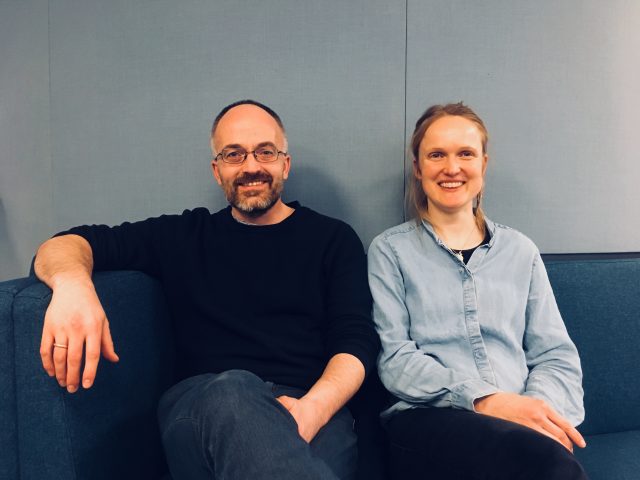

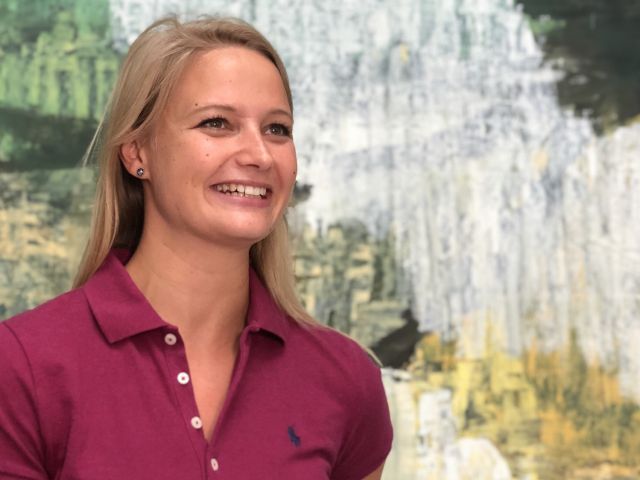



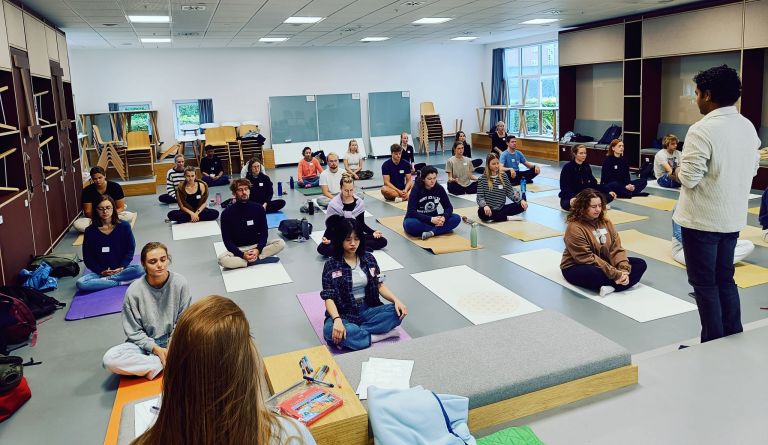











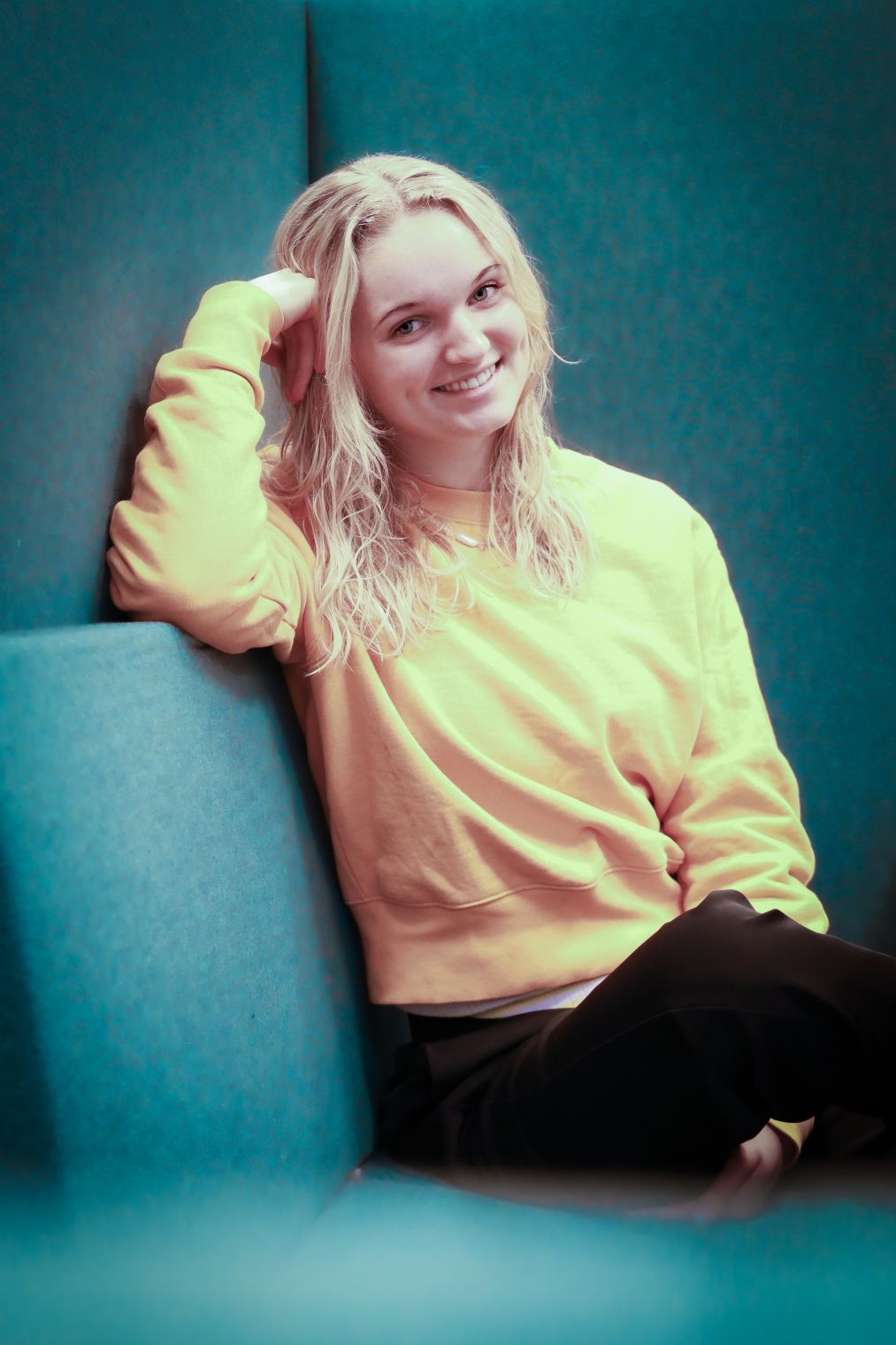








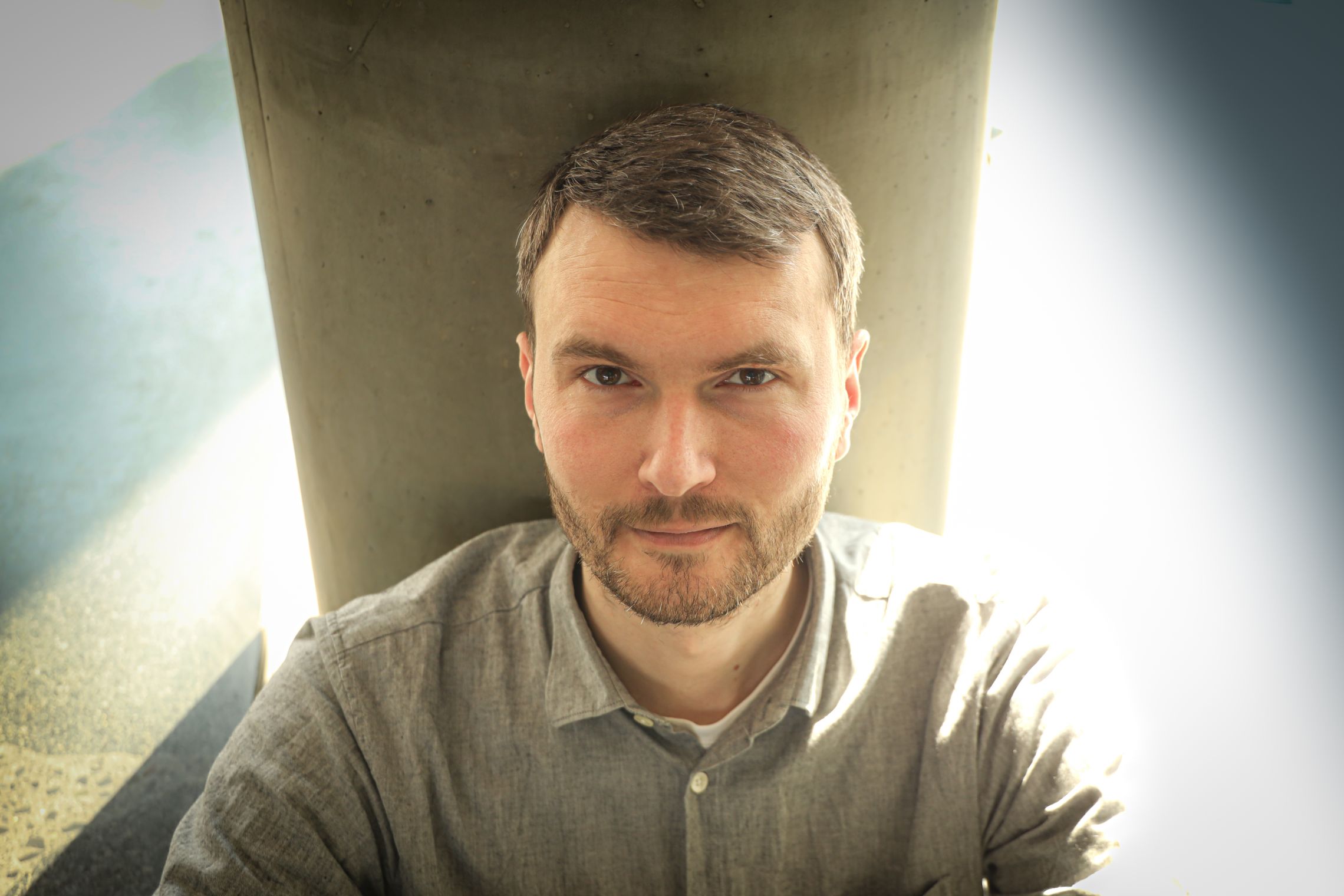








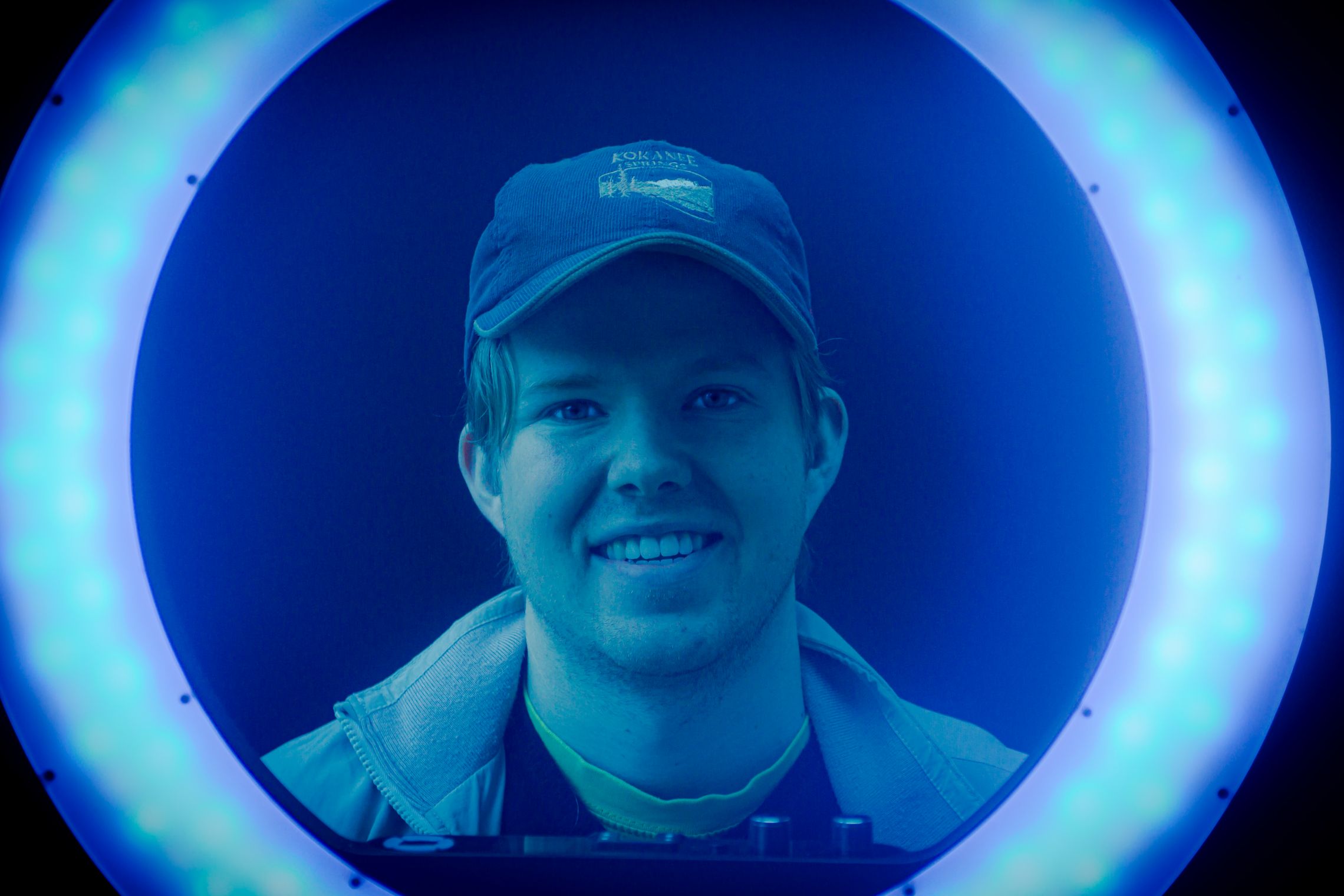
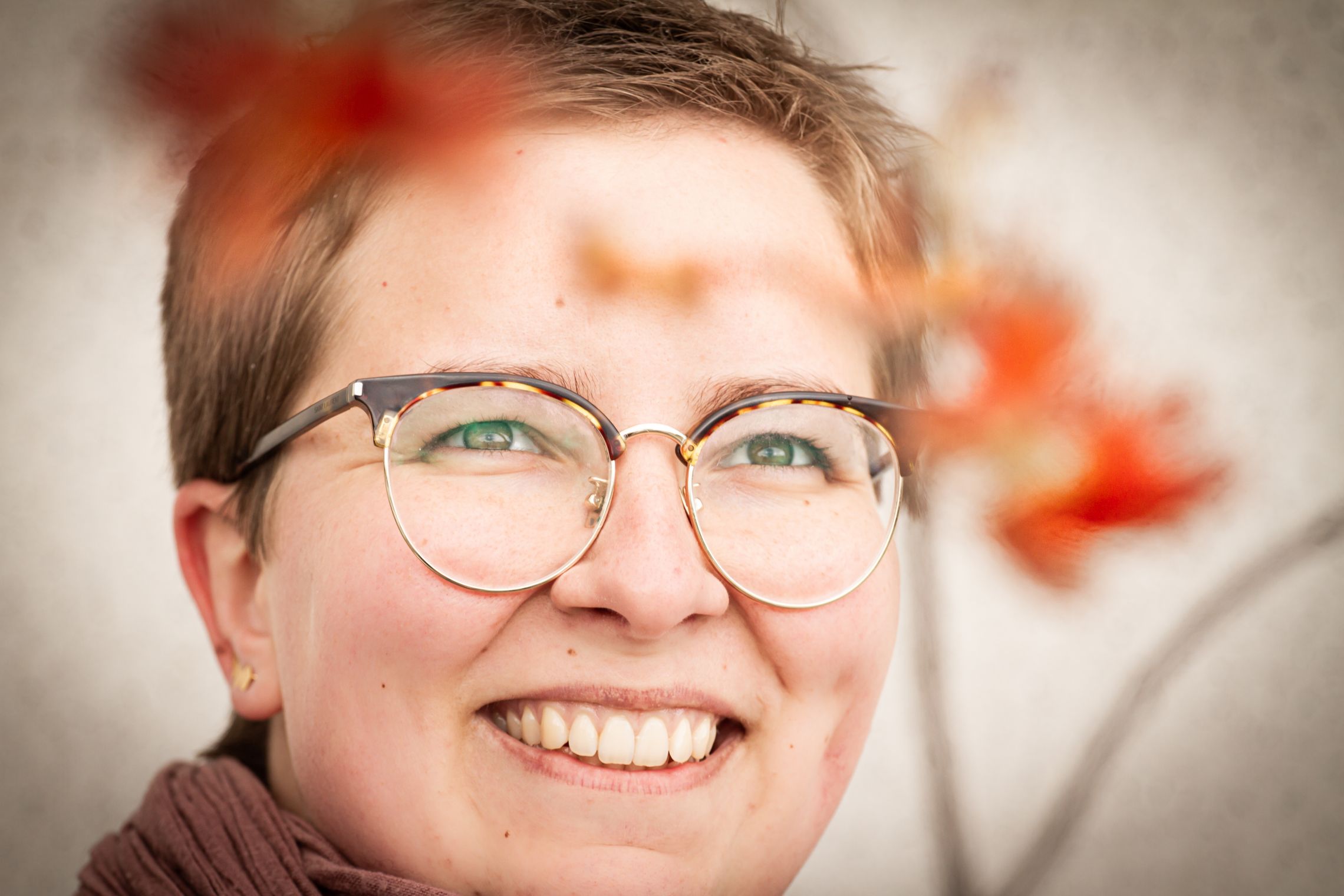











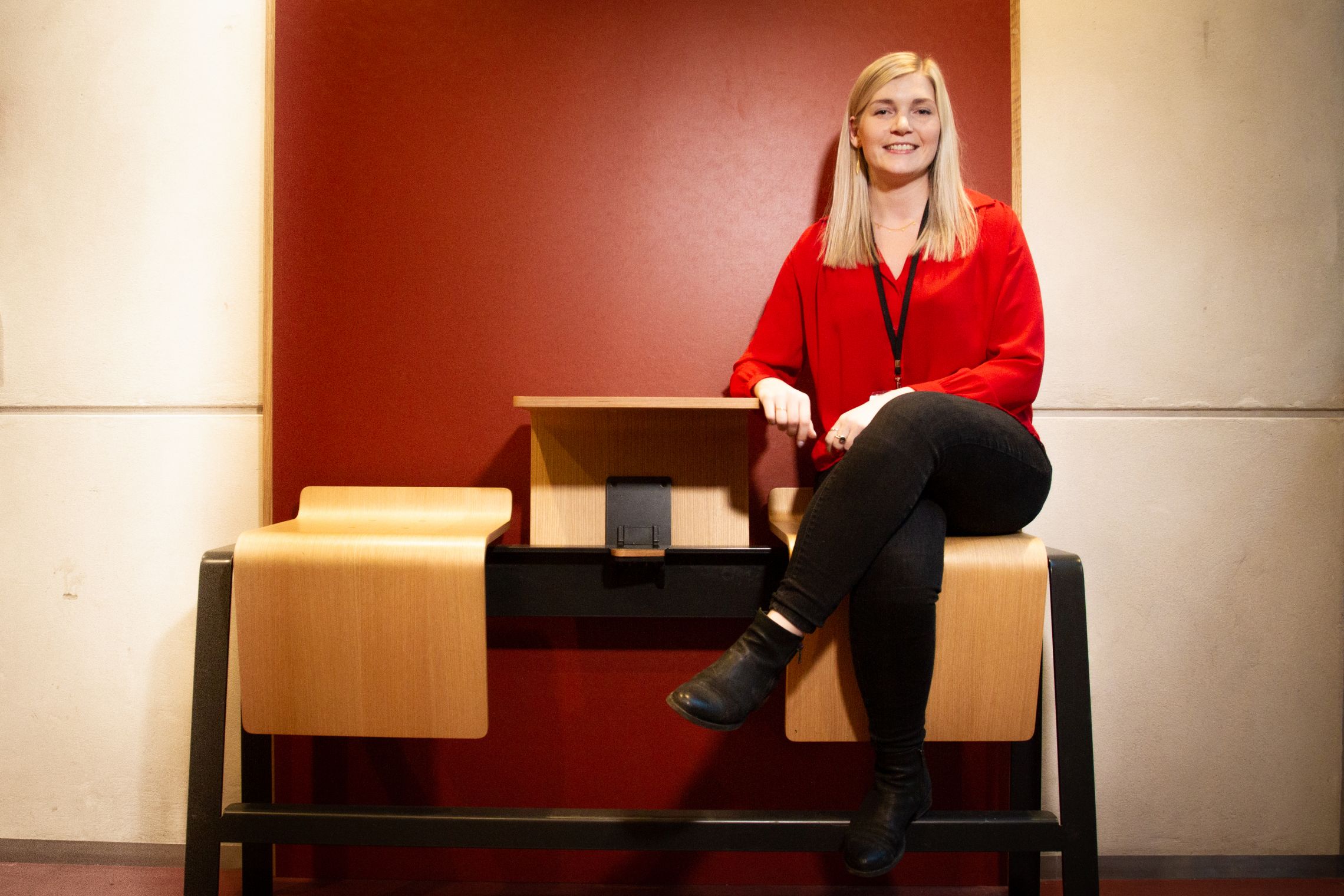


















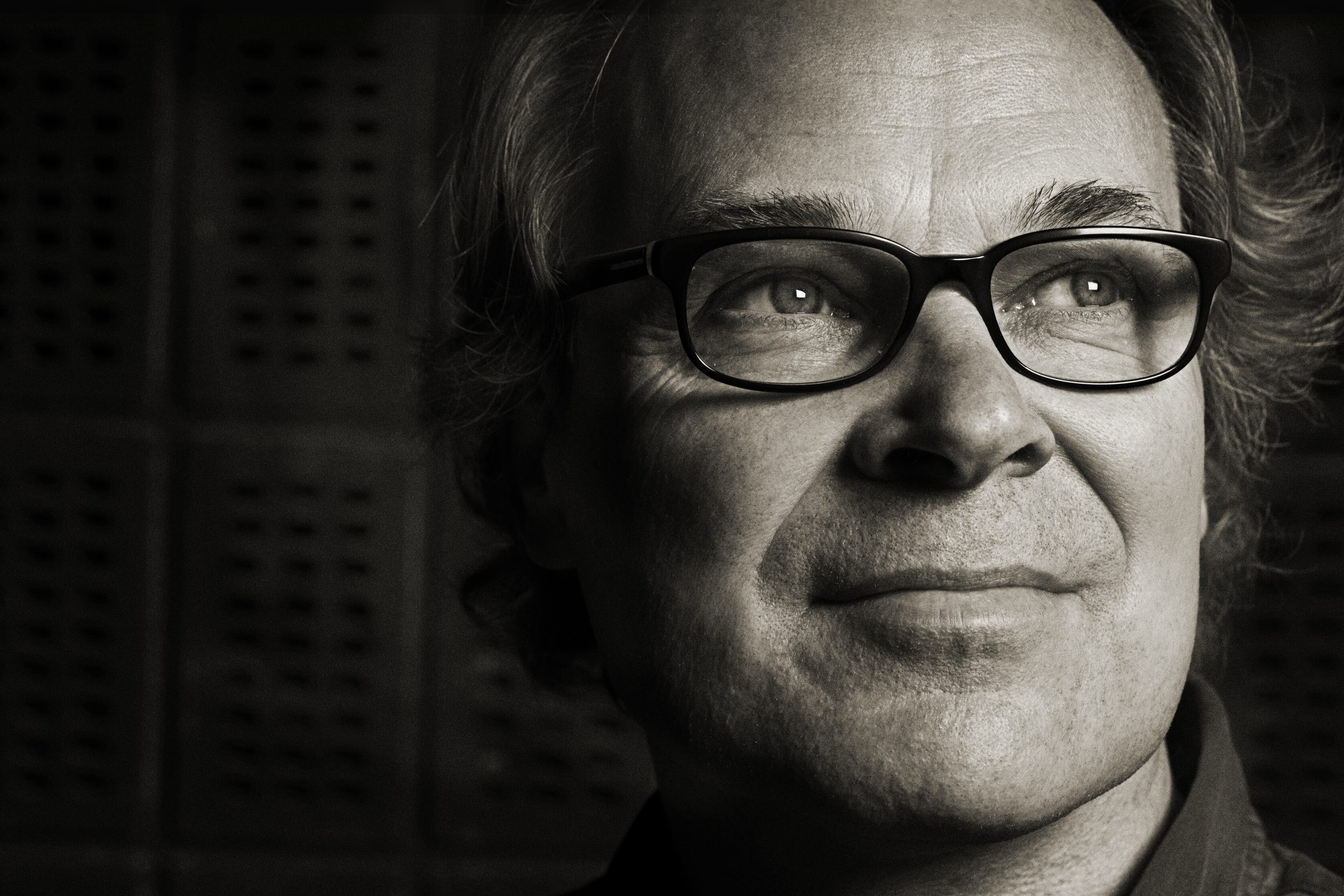








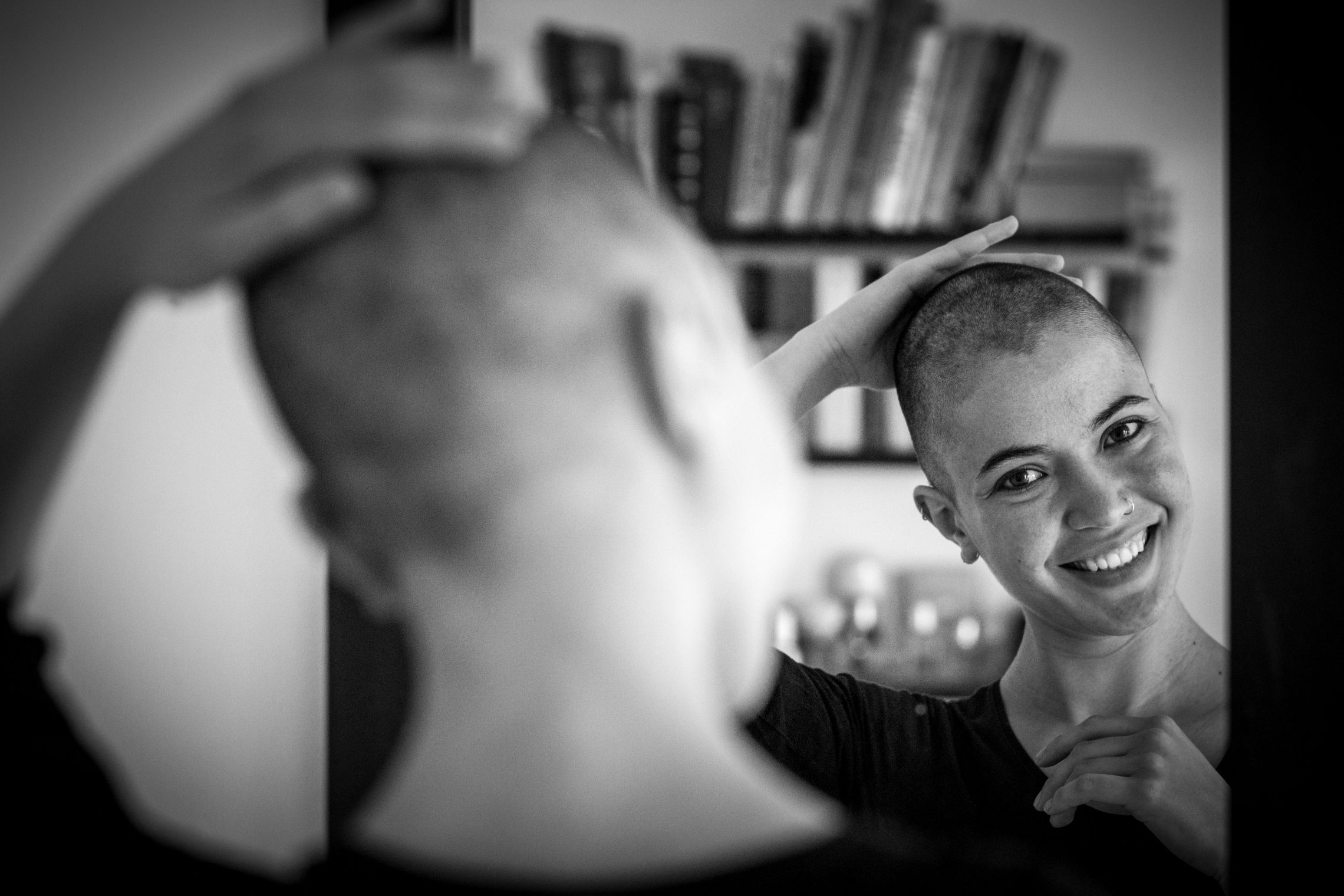












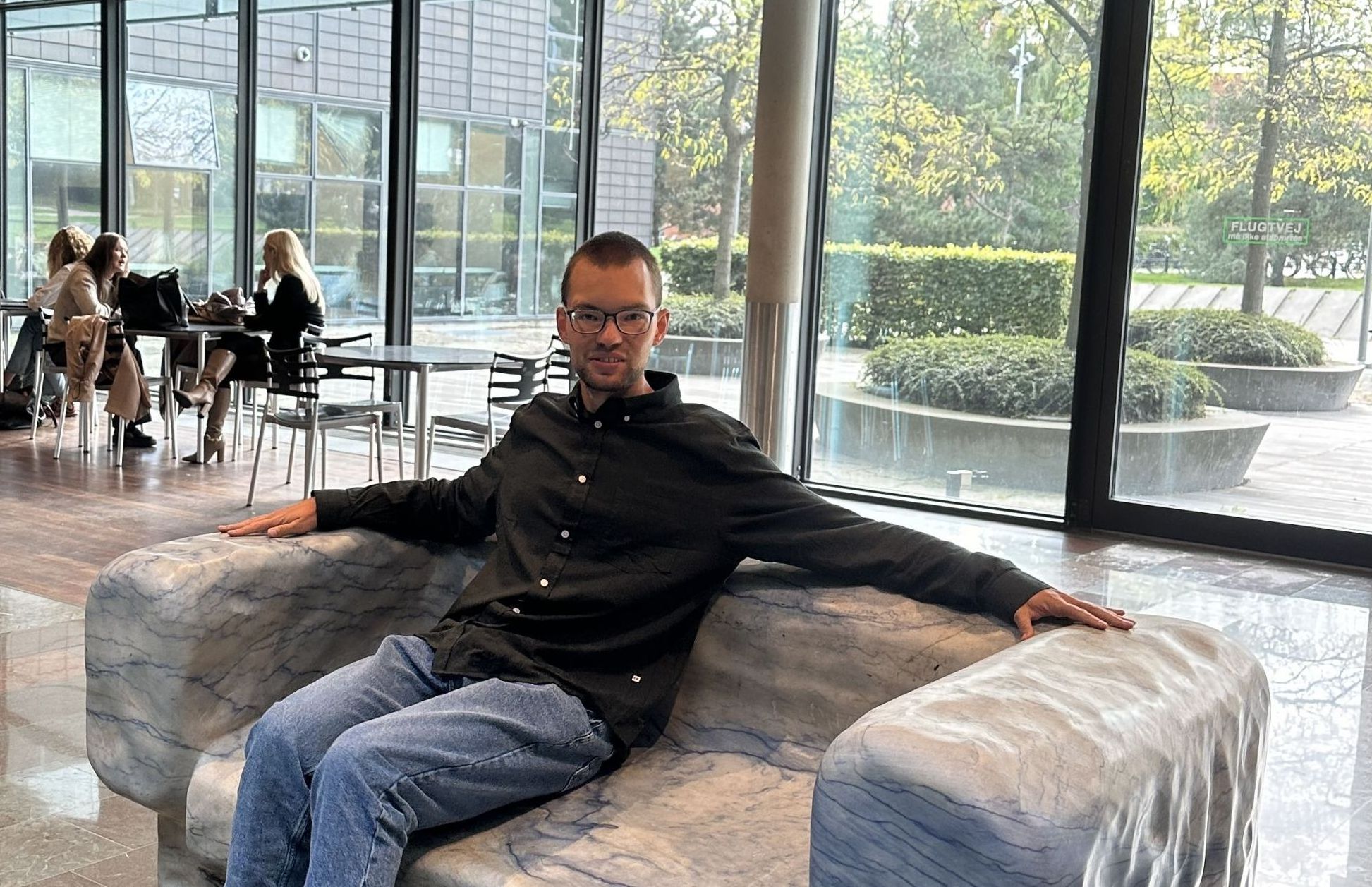










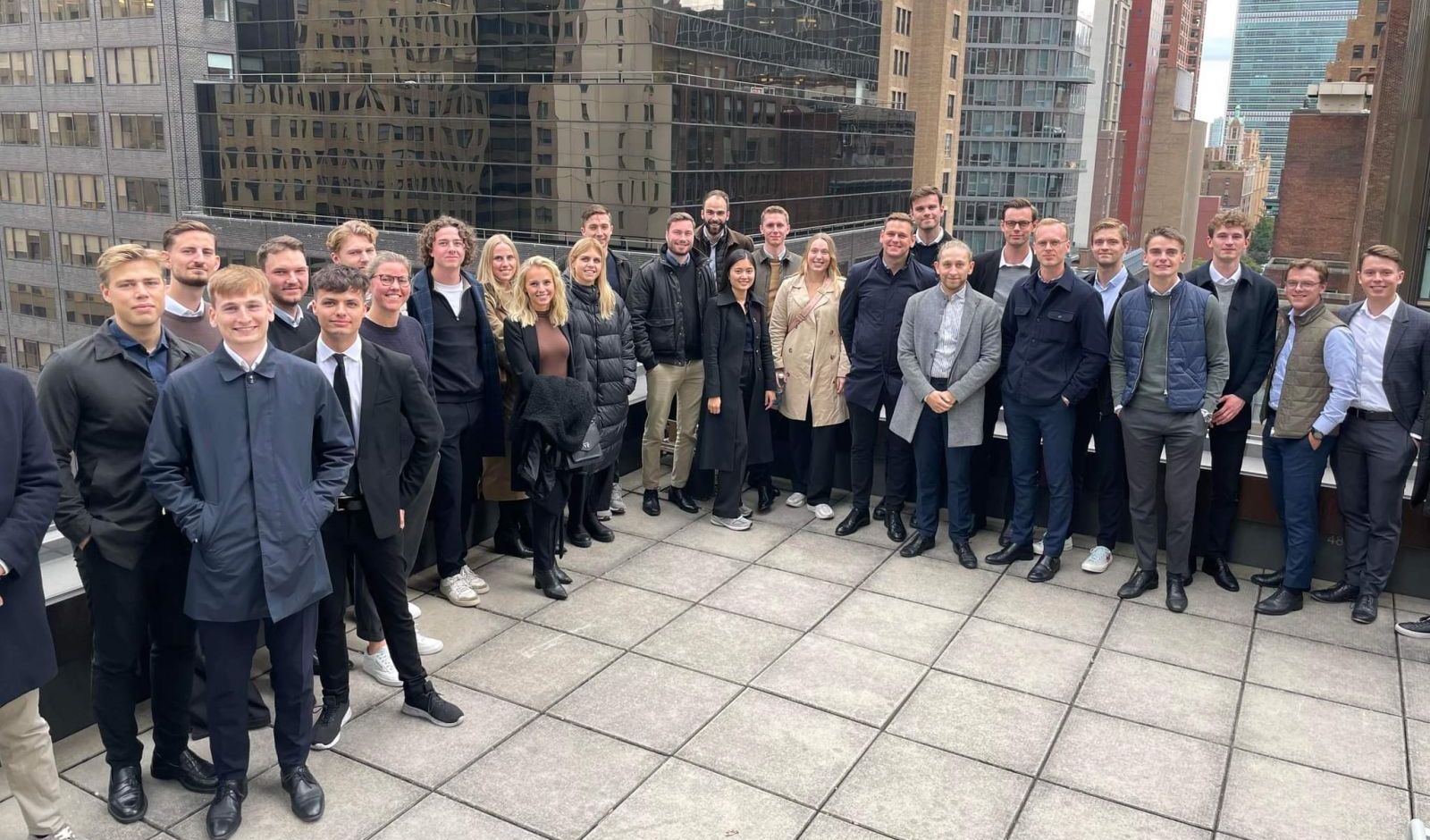



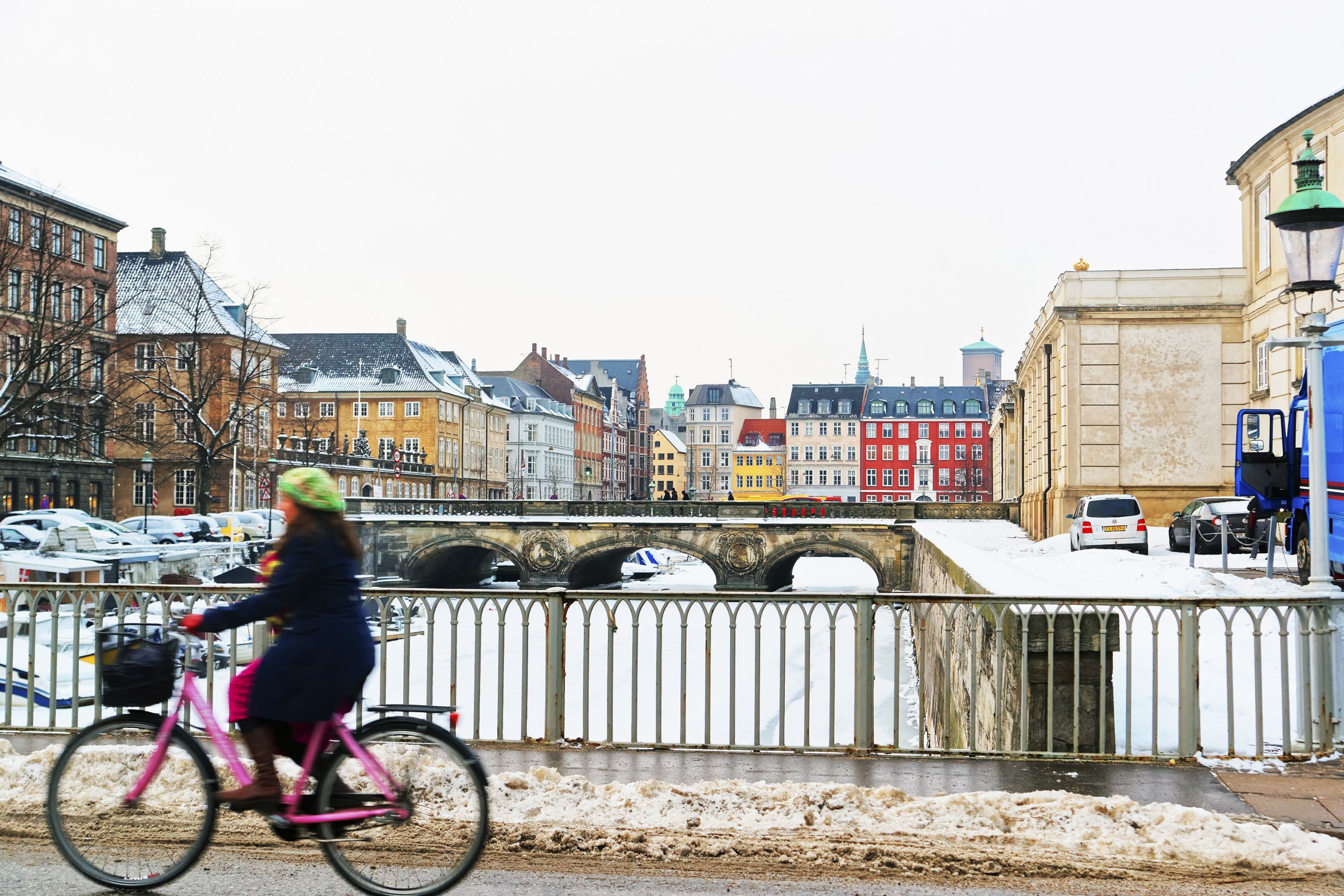














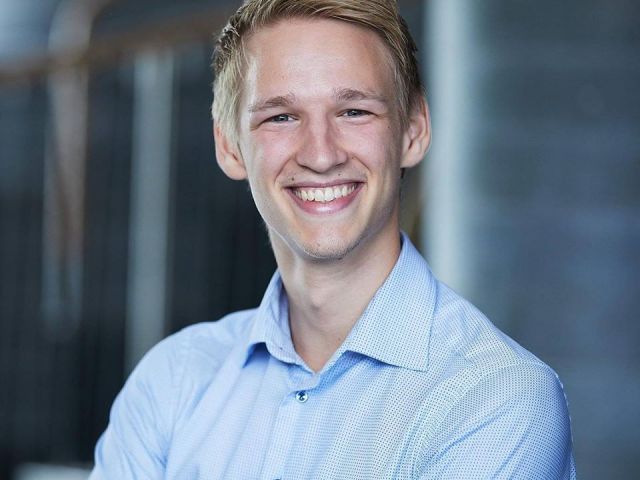










Comments